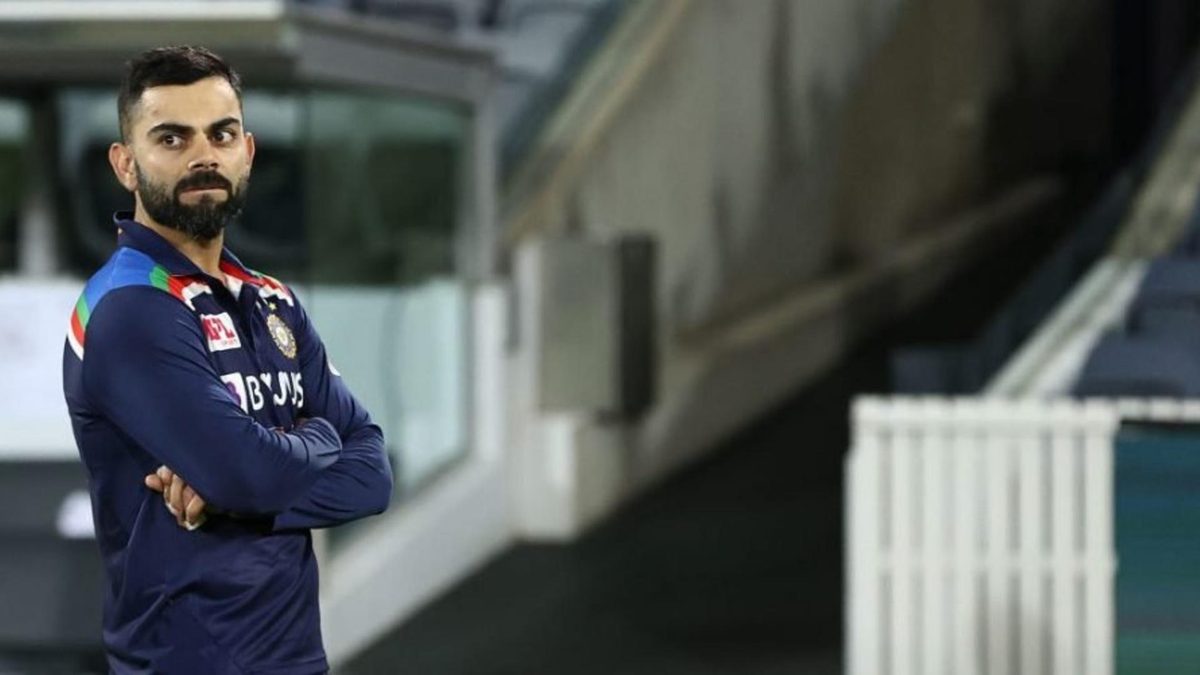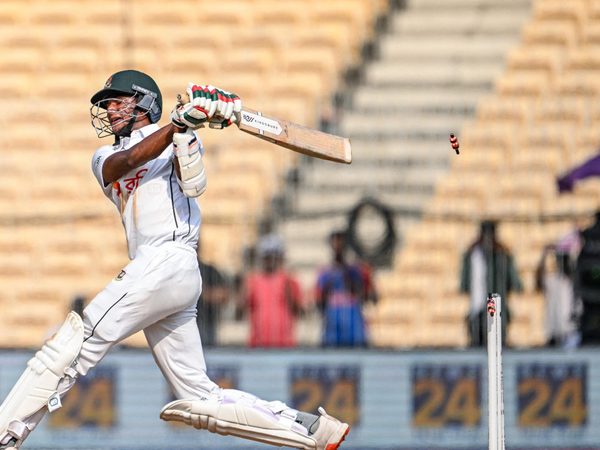
The manner in which India subsided against Australia might be disheartening for Virat Kohli’s team but the future isn’t all bleak, writes Aadya Sharma.
For a team whose supporters almost always seek instant gratification, India’s ODI series loss to Australia would have been hard to digest. In a year curtailed by the pandemic, India won just three of their nine ODIs, losing their second away series to Australia in 2020 after a 3-0 defeat in New Zealand in February.
However, it isn’t as bleak as sounds. The margin of defeat in the first two games left a lot to be desired, but India still found enough positives to look at, especially ahead of a busy calendar in 2021.
Pandya, India’s next ‘finisher’ after MS Dhoni?
Hardik Pandya has, time and again, been branded the enfant terrible of Indian cricket, his freewheeling attitude masking his otherwise enviable all-round traits. That seems to be in the past now. The newer version of Hardik is letting his performances take centre stage: there’s newfound maturity on display, be it with the bat in hand, or while addressing the media after the game.
"Maybe we should look in the Pandya family only!"
Brilliant plug from Hardik for his brother Krunal when asked about India's all-rounder problem 😆 pic.twitter.com/HUMQPOWRh7
— Wisden India (@WisdenIndia) November 28, 2020
In the three ODIs, Pandya looked determined to bat deep, taking it up upon himself to carry India’s innings even if the top order packed up halfway through. His ability to produce quick cameos was never in question, but the assurance with which he’s been building his innings could make him the much-needed fulcrum of India’s middle order. He faced 76 balls each in his knocks of 90 and 92* in the series, the most he has ever faced in an ODI innings, signalling the readiness to play long if the circumstances demand. Once he’s fit enough to bowl, his role in the team will become even more defining.
India’s quick-bowling resources run deep
The upside of being defeated in the first two games was that it allowed India the liberty to test out their pace reserves in the dead rubber, and the results were heartening. Shardul Thakur and the uncapped T Natarajan were brought in for the final game, and were instantly up to the task, picking up five wickets between themselves. Natarajan, carrying his IPL form into his ODI debut, gave ample evidence of being ready for the big stage.
Since his debut in 2017, Shardul has played just 12 ODIs, five of which have come this year. He’s generally consigned to be the backup option, and hasn’t been named in the squad for the T20Is to follow, but was India’s standout bowler in Canberra, picking up three wickets, one of which being the in-form Steve Smith.
Bharat Arun, the Indian bowling coach, has been stressing the need to have a rotation policy in place for India’s quick bowlers. The performances of fringe bowlers, in such a system, would be even more vital, and Shardul and Natarajan’s outings seem to emphasise just how the deep those resources run.
There’s life beyond Rohit and Dhawan
Seven years since they first combined together at the top, it’s still difficult to separate the prolific ODI pairing of Rohit Sharma and Shikhar Dhawan. With Rohit unavailable, India got the chance to blood a younger option for the future, and the results so far have been positive, if not conclusive.
Mayank Agarwal and Shubman Gill each got a go at the top: Mayank was part of two fifty-plus stands alongside Shikhar Dhawan, while Gill looked solid for his 33 in his only game. It was a teaser to what life would be beyond Rohit, and perhaps, a good time to realise that a rotation policy should be in place in the near future, since Dhawan and Rohit are both well into their 30s.
There’s much more to expect from the ever-improving Jadeja
There might not be a current cricketer who’s improved as much as Ravindra Jadeja in international cricket. Once considered a spinner who could chip in with the bat, Jadeja has been constantly enhancing his batting value, and his recent white-ball form, combined with Pandya’s firepower, has given India’s middle order some much-needed spunk.
Ravindra Jadeja's batting numbers in ODIs:
2017 – Avg: 16.25, SR: 98.48
2018 – Avg: 22.66, SR: 80.00
2019 – Avg: 34.33, SR: 96.26
2020 – Avg: 55.75, SR: 98.67#AUSvIND pic.twitter.com/16PnheoW69— Wisden (@WisdenCricket) December 2, 2020
Jadeja’s last eight ODI scores read 39*, 25, 20*, 55, 8*, 25, 24, 66* – while there’s no one standout knock, taken together they signify a drastic improvement in a career that only produced the odd bits of brilliance. It was on full display during IPL 2020, when he consistently came up with defining performances, averaging 46 and striking the ball at 171. After the third ODI, he acknowledged the role of MS Dhoni in teaching him how to deal with tricky situations: if his rearguard action in the final game is anything to go by, Indian cricket could be looking at another renaissance of Jadeja, the ODI all-rounder.
A full-strength team looks much stronger
An injured Rohit Sharma, coupled with an off-colour Jasprit Bumrah, is the stuff of nightmares for India fans. On the bright side, it’s good to face the fear now, than encounter it for the first time in a World Cup knockout game.
It gave India’s management a chance to formulate their contingency plans and tie up loose ends. It’s also a reflection of how strong the team would be once the injuries heal and the form returns. After two lacklustre outings, Bumrah gave an indication of his return to old ways in the third ODI: the yorkers were back on track, the slower ones resurfaced, and the general ‘fizz’ around his bowling seemed to have returned. When Rohit Sharma and Bhuvneshwar Kumar eventually return, and Kuldeep Yadav finds form, the ODI team will exude even more confidence.








